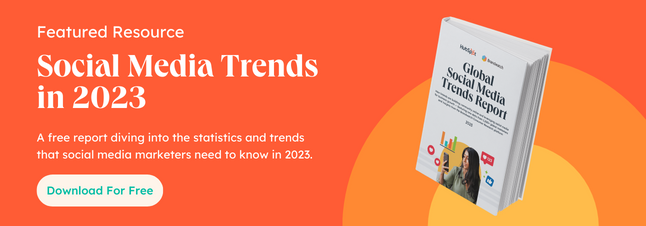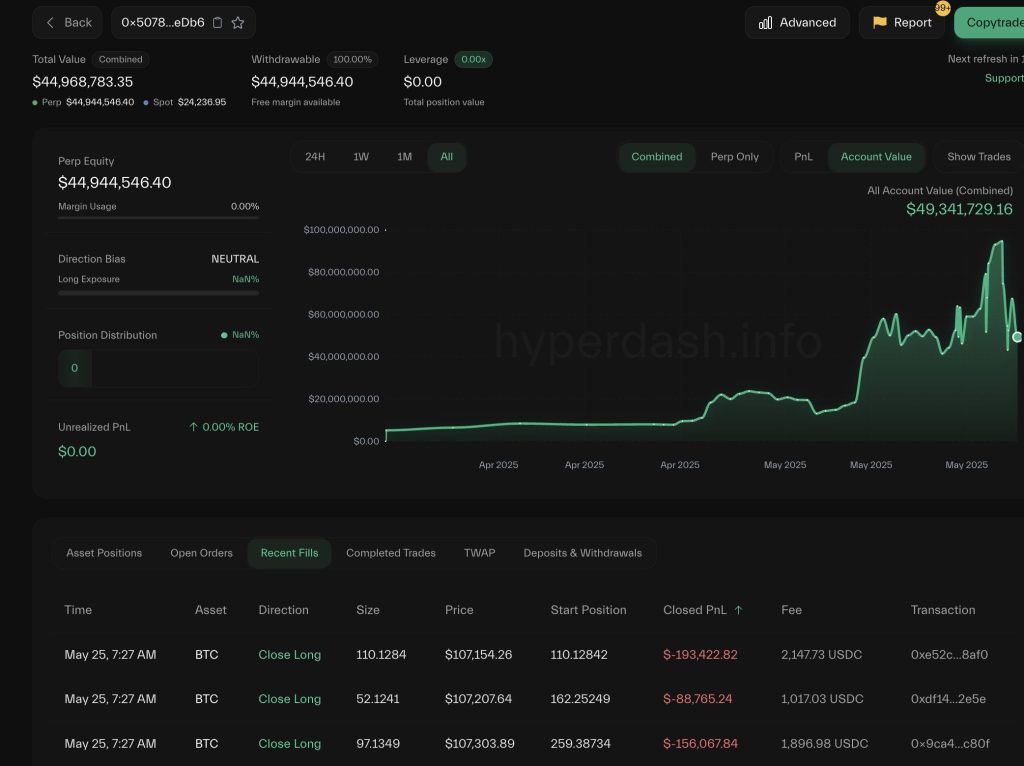Even though social media algorithms are constantly changing, they aren’t out to hide your content from the masses.
Each major platform has an algorithm that works differently, and understanding the basics can be helpful in terms of knowing how to create the content that actually shows up in front of your audience.
We’ve put together this simple guide on how the algorithm works on Facebook, Twitter, Instagram, and TikTok. Let’s dive in.
Note: Keep in mind that the algorithms are constantly changing. We’ll continue to write about major social algorithm changes as they happen.
![Download Now: The 2023 State of Social Media Trends [Free Report]](https://no-cache.hubspot.com/cta/default/53/3dc1dfd9-2cb4-4498-8c57-19dbb5671820.png)
Table of Contents
What is a social media algorithm?
A social media algorithm is a compilation of rules and data that make decisions about what users want to see on the platform. The social media sites create unique algorithms for every person who uses the site which means no two people will have the exact same social media news feed.
Essentially, social media algorithms analyze user behavior and prioritize content the platform believes the user wants to see and is most likely to engage with.
News Feed Algorithm
Engagement
Time on Platform
Now let’s get into the details of how the Facebook, Twitter, and Instagram algorithms work.
Facebook’s News Feed Algorithm
Since the inception of the largest social media platform to date, Facebook’s news feed has been focuses on personalizing the social media app’s user experience.
How It Works
Inventory
Signals
Predictions
- If it’s from friends and family
- How likely you might be to interact with it
- If it’s content you’d be able to find on your own
- Quality indicator (original content)
- Surveys sent to other users to ask if content is “worth their time.” Posts ranked as more worthwhile show up higher in your Feed.
Relevancy Score
Ads get relevancy scores, too, and Facebook shows users ads that might matter most to them.
Ways to Customize Your Facebook News Feed
As a Facebook user, you can customize your Facebook Feed to see more of what you want.
- Click your profile picture
- Tap the gear icon to open Settings & privacy
- Tap News Feed under Preferences
- Tap one of the five list options to manage what you’ll see in your feed. Here’s what each option means:
- Favorites – People and pages to prioritize
- Snooze – Snooze content to temporarily stop seeing posts
- Unfollow – Unfollow people, pages, or groups to stop seeing their posts
- Reconnect – Reconnect with those you’ve unfollowed
- Reduce – Manage content that you’ve reduced or moved lower in your feed
Twitter’s Timeline Algorithm
As of 2023, there are two timelines you’ll see content on: For You and Following.
How It Works
Following Timeline
- Interactions – Accounts you interact with frequently or are more likely to interact and engage with
- Recency – The recency of the topics discussed and how much engagement content is getting
- Activity – The algorithm also monitors how long it has been since you were last online and the likelihood of you having missed content from accounts you often engage and interact with
For You Timeline
According to Twitter, the For You timeline shows suggested content from accounts and topics you’re interested in or have displayed interest in. The recommendation system for a For You timeline follows three main steps: candidate sourcing, ranking, heuristics, filters, and product features.
- Candidate sourcing – Finding candidates (individual Tweets) from people you follow (in-network) and don’t follow (out-of-network). Twitter says there is a 50% balance of in and out-of-network content.
- Ranking – Candidates get a predictive score of relevance to your interests.
- Heuristics, filters, and product features – After ranking candidates, it applies product features (like accounts you mute), author diversity (avoiding too many Tweets from one author, and content balance (in and out of network tweets).
With these three steps, the algorithm ranks content in your For You timeline in addition to social proof, which is excluding out of network tweets without a second degree of connection to you. Once everything is ranked, you’re fed a selection of Tweets blended with ads and follow recommendations.
Is Twitter Moving Away From a Real-Time Timeline?
Twitter has moved away from what original users might call a real timeline, where Tweets were displayed chronologically. Now there are two timelines to view, and Tweets on both are displayed based on different factors and chronology.
Twitter isn’t the only social media platform iterating its algorithm to show the most interesting content first — Instagram’s algorithm is giving Facebook and Twitter a run for their money.
The Instagram Feed’s Algorithm
As of June 2023, Instagram has more than 2 million active users on the platform, making it a hotspot for marketers in nearly any industry.
Instagram says the signals (ranking factors) it uses are:
- Your activity – Posts you’ve liked, shared, saved, or commented on to assess what you’re interested in.
- Information about the post – How popular a post is regarding engagement among other users (likes, speed of likes, shares, comments, etc.) and location data, if available.
- Information about who posted it – How interesting a person might be to you and how many people have interacted with them in the past few weeks.
- Your interaction history – How interested you are in seeing posts from a specific person or topic.
What about the Reels, Shop, and Explore pages?
Each Instagram feature has its own algorithm tailored to how people use it.
- Your viewing history of an account’s Stories to prioritize those you don’t want to miss.
- Engagement history and how often you engage with an account’s Stories.
- Closeness, or your overall relationship with the poster.
- Information about the post,
- Your activity in explore,
- History of interaction with the poster,
- Information about the person who posted.
- Your activity
- History of interacting with the poster
- Information about the reel (like audio track, popularity)
- Information about the person who posted
Is Instagram removing likes?
After the trial, Instagram moved forward by allowing users to choose to hide like counts.
TikTok For You Page Algorithm
- User interaction – The videos you like or share, accounts you follow, comments, and content you create
- Video information – Hashtags, sounds, captions
- Device and account settings – Language, country, type of device. These factors have lower weight in the recommendation system.
Other Key Algorithms
Let’s discuss some of the other key algorithms that impact what content users see and when.
Inappropriate Language
Copyrighted Content
It’s best to avoid including copyrighted elements you don’t have the rights to and follow the specific platform’s guidelines for appropriate ways to incorporate elements such as music in your content.
Cross-Platform Content
It’s All About Content Quality
The key takeaway for brands and individuals alike is this: Quality is Queen.











